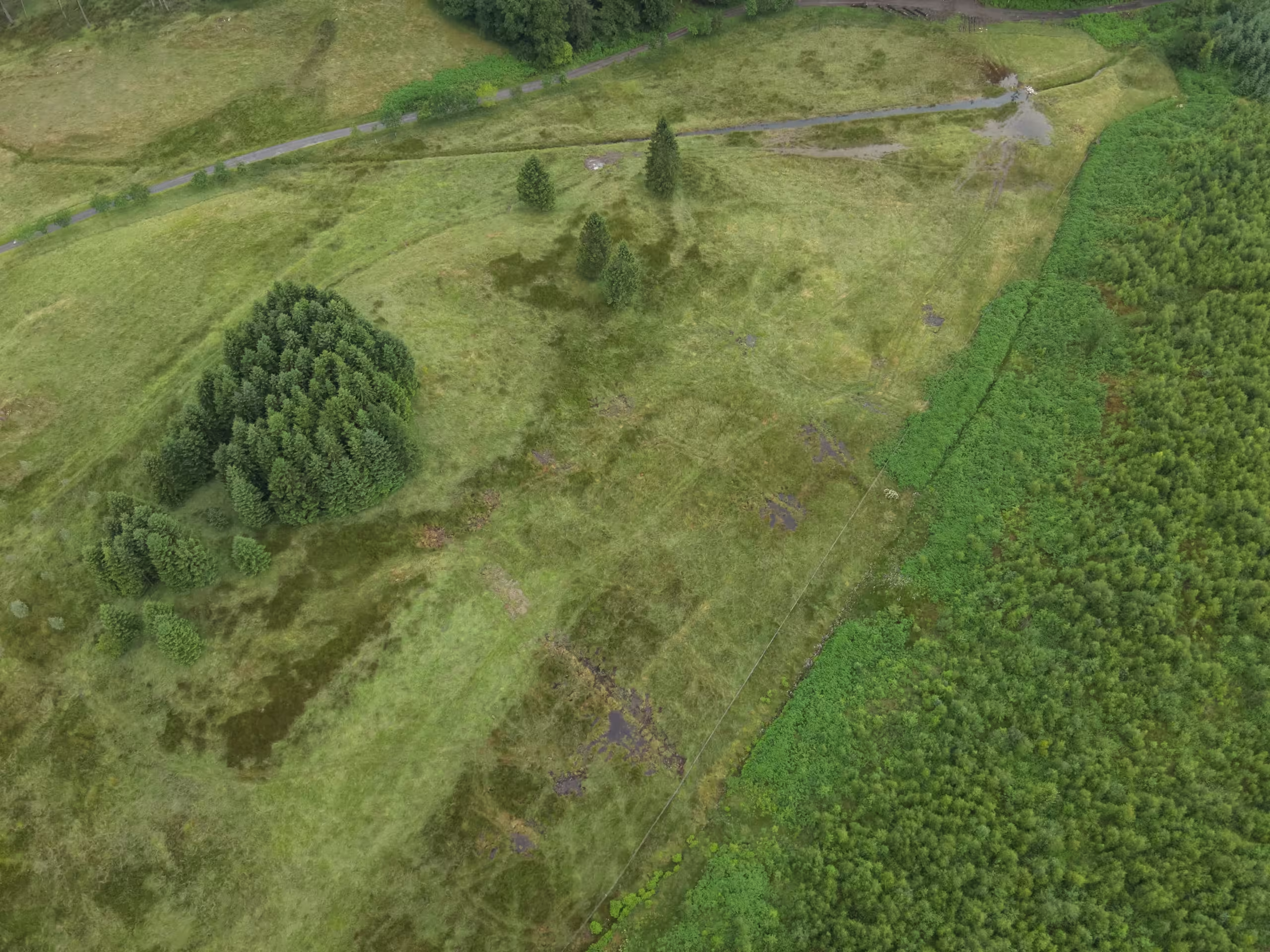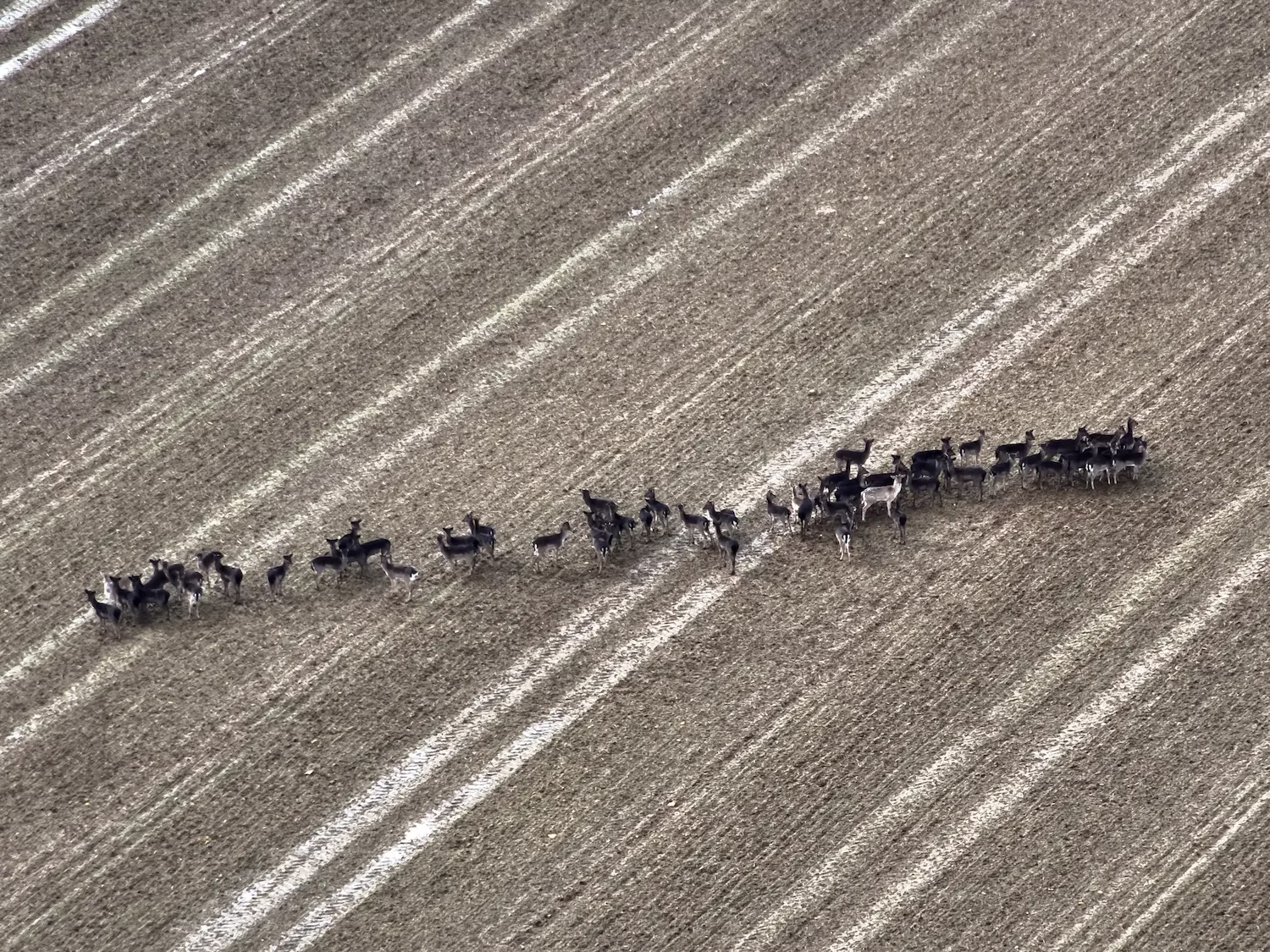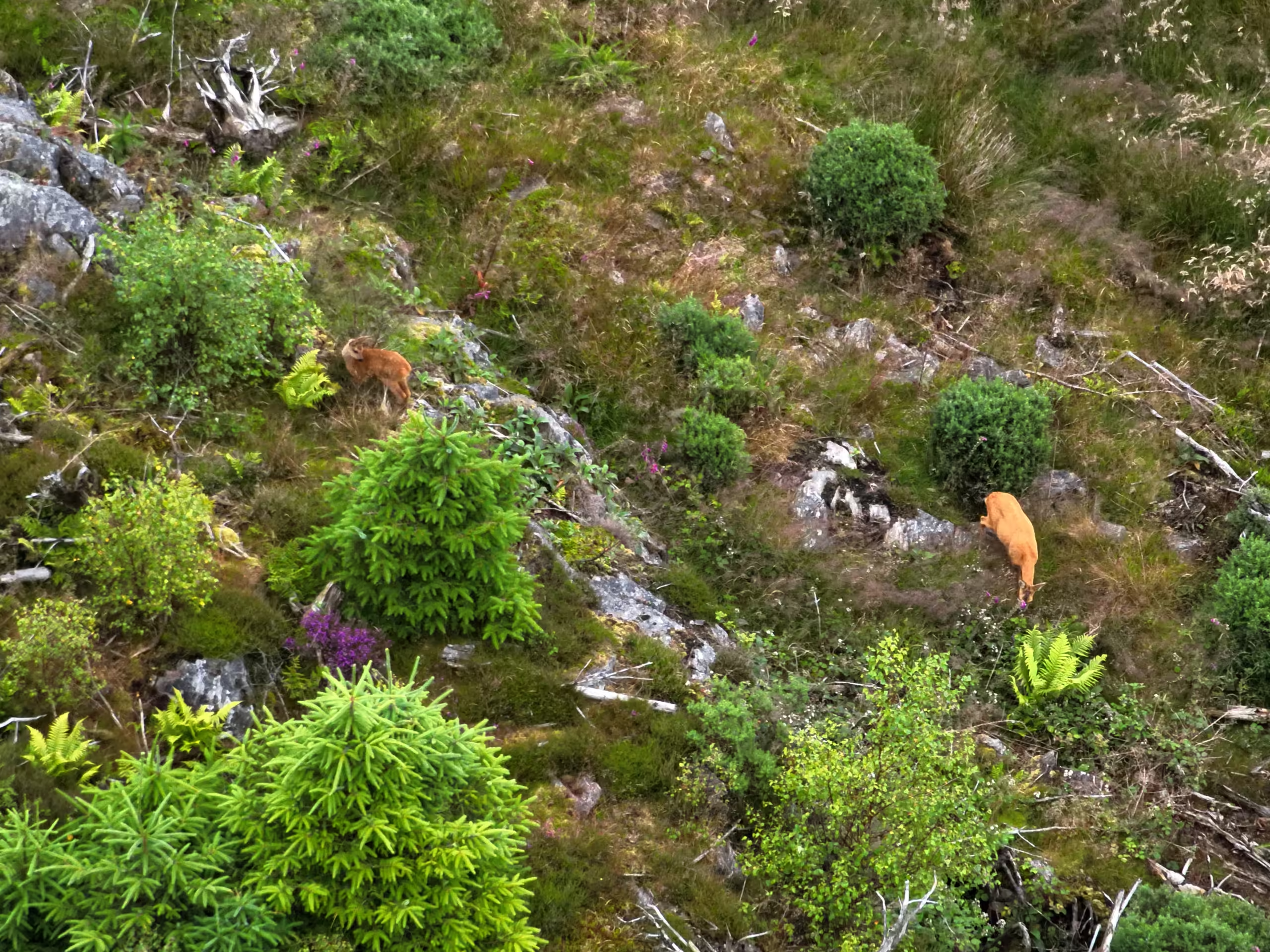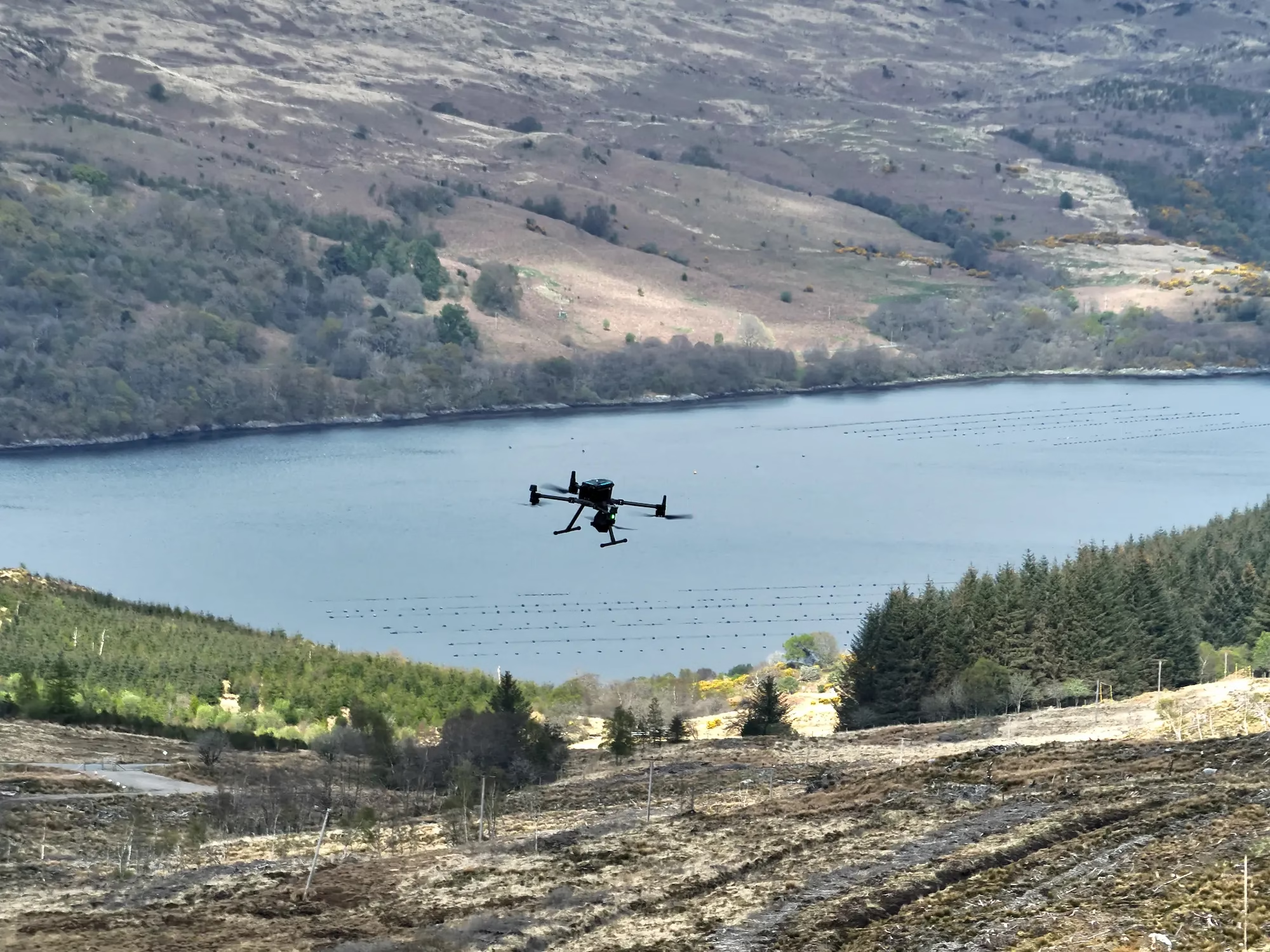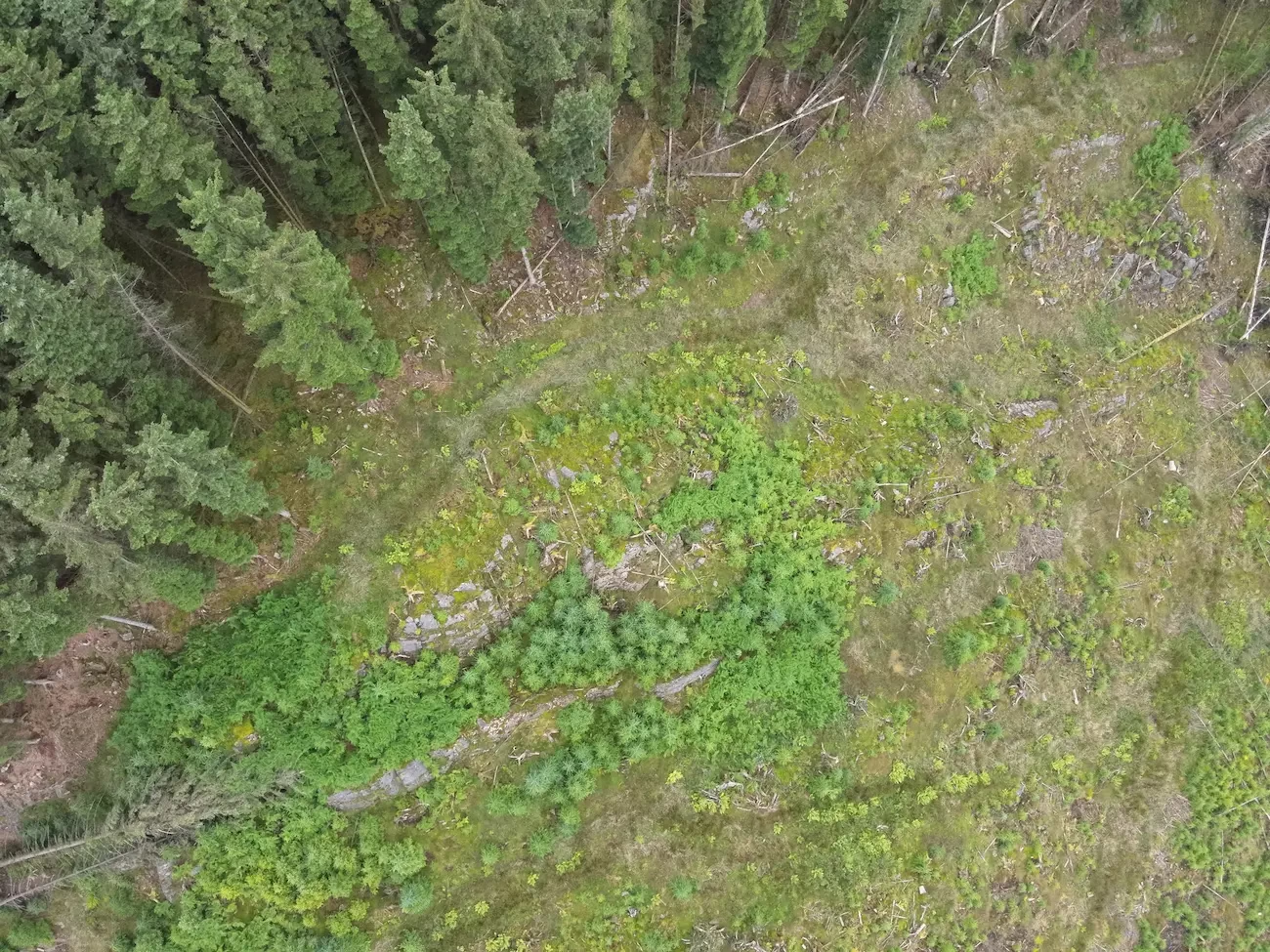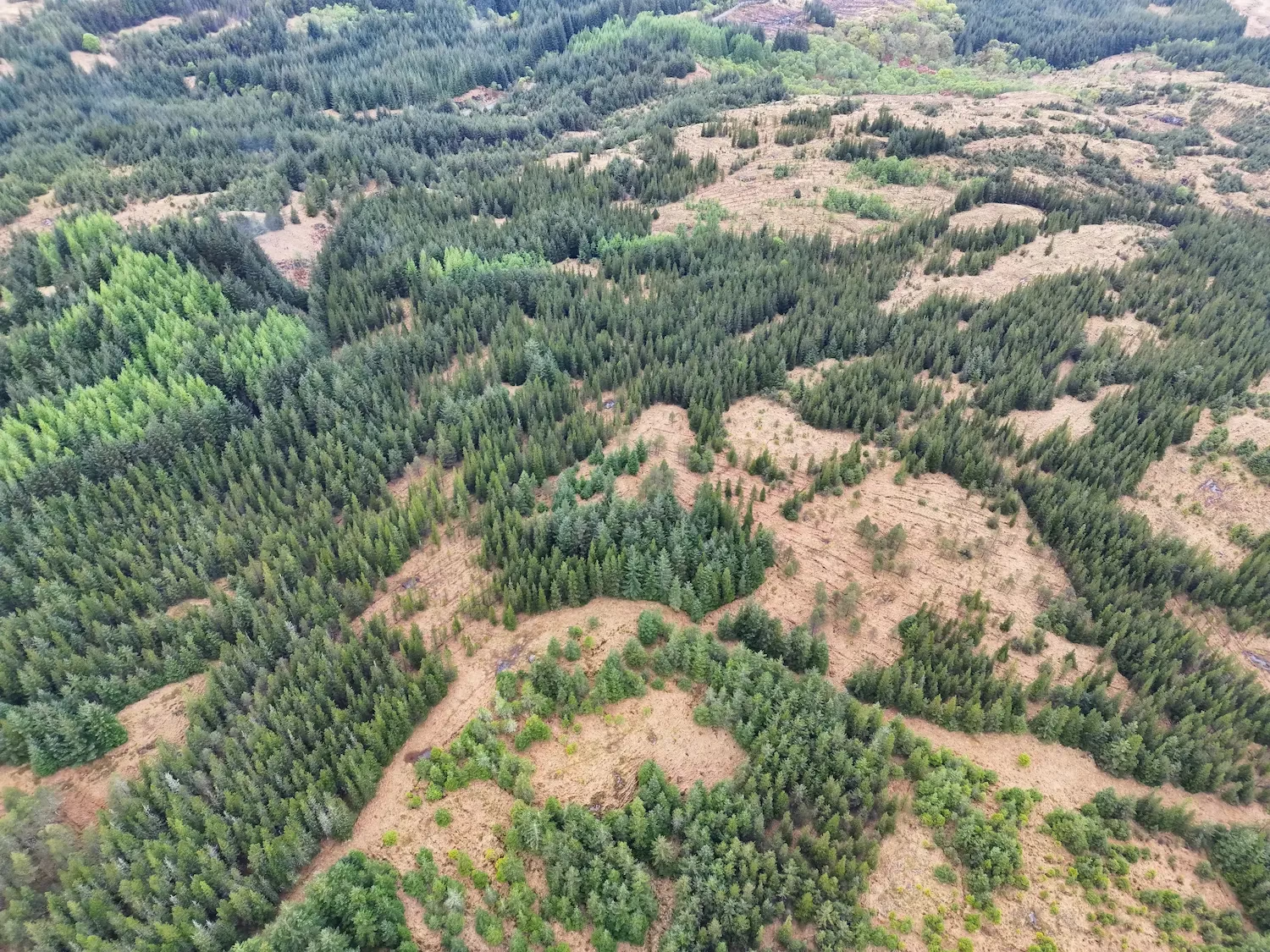Peatlands are among the most vital ecosystems on Earth, playing a crucial role in maintaining ecological balance and combating climate change. However, these unique habitats face severe threats due to human activity and environmental changes. This blog explores the importance of peatland restoration, the processes involved, and the role of technology in supporting these efforts under the framework of nature restoration regulation.
Understanding Peatlands: Importance and Decline
Ecological Role of Peatlands
Peatlands cover only about 3% of the Earth’s land surface but store nearly 30% of all soil carbon—twice as much as all the world’s forests combined. These wetland ecosystems provide critical habitats for unique biodiversity, regulate water flow, and act as carbon sinks, reducing greenhouse gas emissions.
Beyond carbon sequestration, peatlands support diverse UK deer species and other wildlife, making them an integral part of wildlife management strategies. Peatlands also play a significant role in maintaining ecosystems in need of restoration, ensuring they remain in good condition for future generations.
Threats to Peatlands
Despite their importance, peatlands are under threat from human activities such as agriculture, drainage, and peat extraction. Climate change exacerbates these issues, leading to drying and degradation of peatlands. Degraded peatlands release stored carbon, contributing to global warming.
Nature restoration regulation, such as the EU Nature Restoration Law, aims to reverse this trend by promoting restoration efforts to ensure these ecosystems can continue their ecological functions. This regulation aligns with the EU biodiversity strategy, which prioritises the recovery of nature and addresses land degradation.
The Process of Peatland Restoration
Restoring degraded peatlands requires a combination of techniques to re-establish their natural waterlogged state and ecological balance.
Techniques for Peatland Restoration
- Rewetting: Restoring water levels by blocking drainage ditches or installing dams to rehydrate the peat.
- Replanting Vegetation: Introducing native mosses and plants that thrive in wet conditions to stabilise the soil and encourage biodiversity.
- Erosion Control: Using physical barriers and vegetation cover to prevent soil erosion and further degradation.
Challenges in Restoration
Restoration efforts often face obstacles such as:
- Funding Limitations: While governmental grants support some projects, funding gaps can hinder large-scale efforts.
- Community Engagement: Ensuring local stakeholders understand the benefits of restoration is crucial for long-term success.
- Monitoring and Maintenance: Consistent monitoring is essential to ensure the restoration’s success and adapt strategies as needed.
The Role of the EU Nature Restoration Regulation
The regulation on nature restoration, approved by the European Parliament and guided by the European Commission, sets ambitious restoration targets for ecosystems across the EU. Member states are required to develop a national restoration plan that prioritises ecosystems in need of restoration, including peatlands. These plans are monitored by the European Environment Agency, ensuring alignment with current EU environmental policies.
The regulation emphasises the long-term recovery of damaged nature through comprehensive restoration measures. For peatlands, this includes increasing their water retention capacity and improving their ability to sequester carbon, contributing to the overall health of nature across land and sea.
Role of Technology in Monitoring Peatlands
Modern technology has revolutionised the way we monitor and maintain restored peatlands. Tools like drones and LiDAR mapping provide detailed insights into peatland conditions, enabling more effective restoration efforts.
Drone Mapping Services
Drones equipped with thermal imaging and high-resolution cameras can capture detailed aerial data. This allows for accurate mapping of vegetation, water levels, and areas of degradation. Boddy Environmental Ltd.’s drone mapping services are particularly effective in monitoring vast peatland areas. Our experienced team, led by certified drone operator Kestrel Selby Boddy, specialises in utilising advanced drone technology to deliver precise spatial data and imagery. We are committed to helping landowners, wildlife trusts, and estate managers protect their sites and achieve their restoration goals.
Partner with us for expert assistance in monitoring your peatland restoration projects. Contact Boddy Environmental Ltd. today to learn more about our drone mapping services and wildlife management expertise.
LiDAR Mapping
LiDAR (Light Detection and Ranging) technology uses laser pulses to create precise topographic maps, revealing subtle changes in elevation and identifying drainage patterns. This information is critical for planning rewetting efforts and tracking restoration progress.
Peatland Restoration and Climate Change Mitigation
Restored peatlands play a significant role in reducing greenhouse gas emissions. By rewetting peatlands, carbon release is minimised, and their capacity to act as carbon sinks is restored. This contributes to climate resilience, helping to mitigate the impacts of global warming.
Nature restoration regulations emphasise the importance of peatland restoration in achieving broader environmental restoration goals. These efforts align with global climate targets and biodiversity conservation strategies.
Engaging Communities and Stakeholders
The success of peatland restoration depends on the active involvement of local communities, stakeholders, and policymakers.
Community Involvement
Educating communities about the ecological and economic benefits of restoration fosters collaboration. Local groups can play a vital role in maintenance and monitoring efforts.
Governmental Support
Government grants and programmes under nature restoration regulation provide financial and logistical support for restoration projects. Engaging with these programmes ensures that projects are adequately funded and aligned with national and international conservation goals.
Conclusion
Peatland restoration is a cornerstone of environmental sustainability, offering immense benefits for biodiversity, climate resilience, and ecological balance. By leveraging modern technologies like drone mapping services and engaging local communities, we can ensure the success of restoration projects. Under the guidance of nature restoration regulation, efforts to restore these vital ecosystems will not only mitigate climate change but also preserve the rich biodiversity that depends on them.
At Boddy Environmental Ltd., we specialise in drone surveys and wildlife management services, offering expertise to support peatland and other ecological restoration projects. Contact us today to learn how we can assist in achieving your environmental conservation goals.
